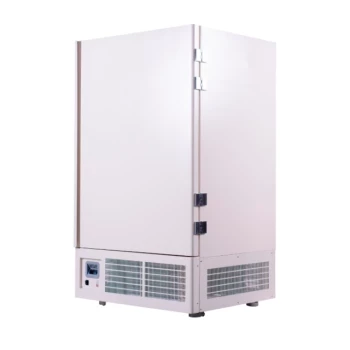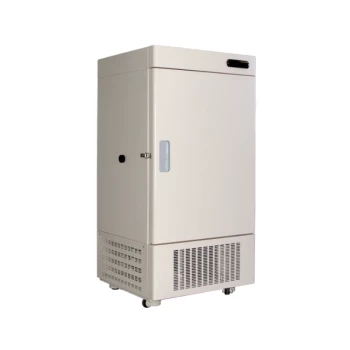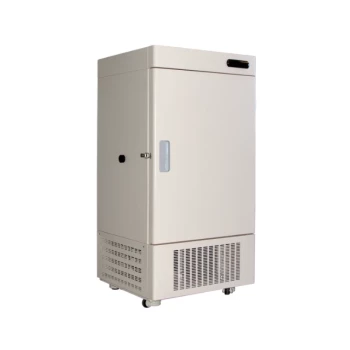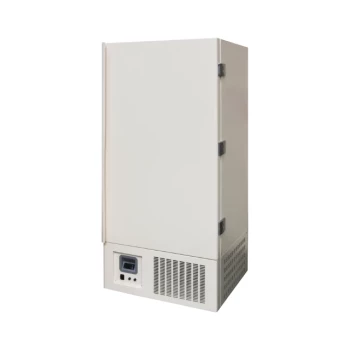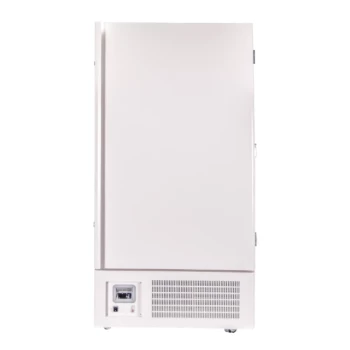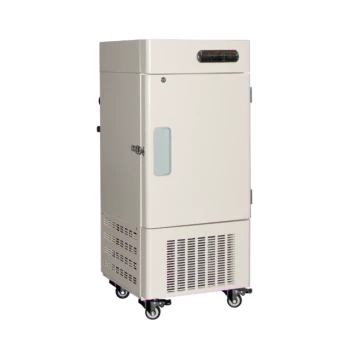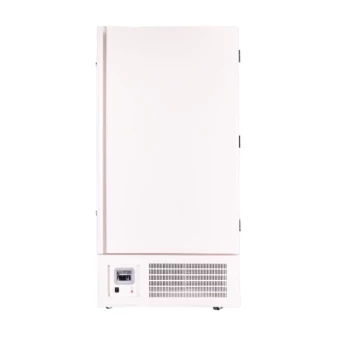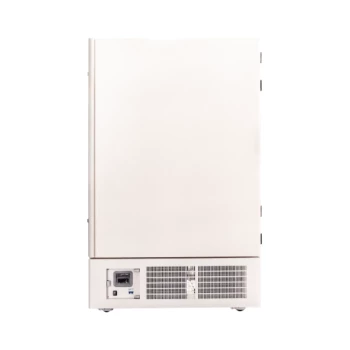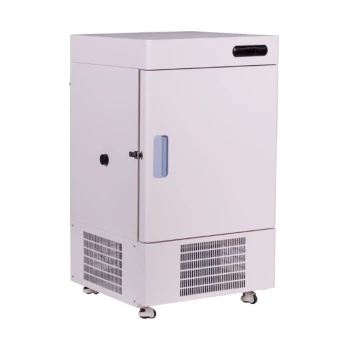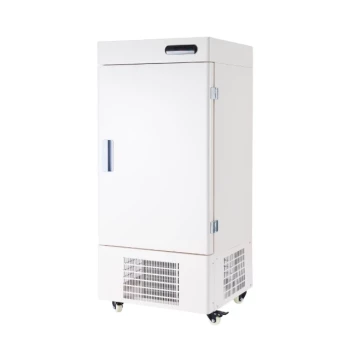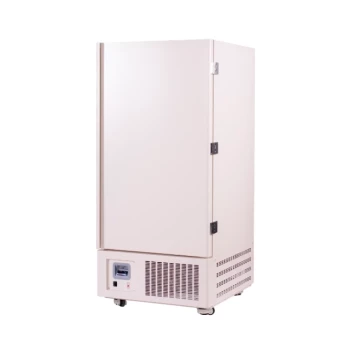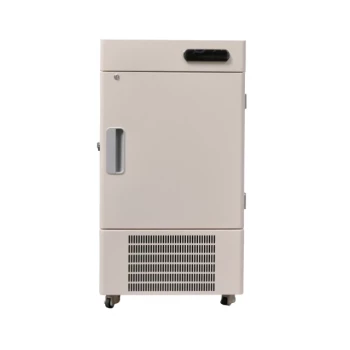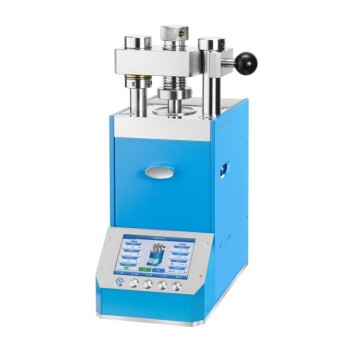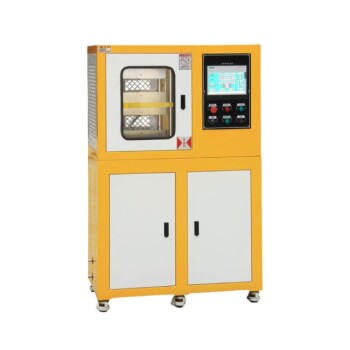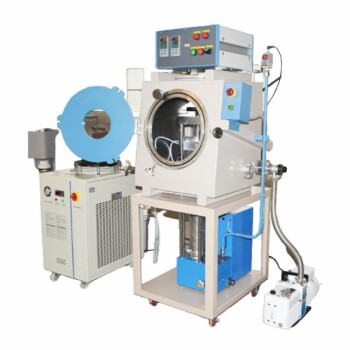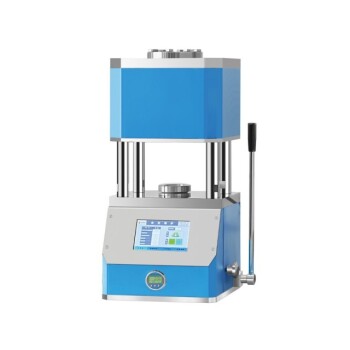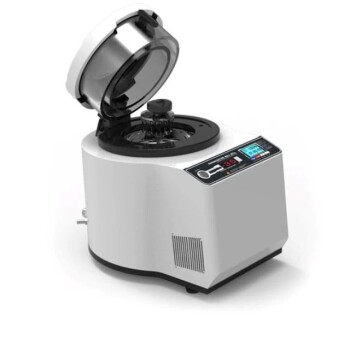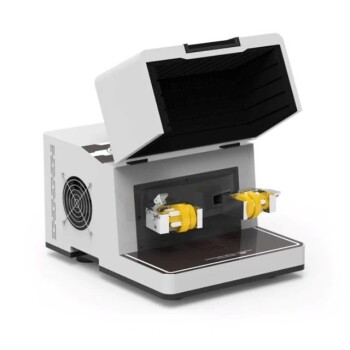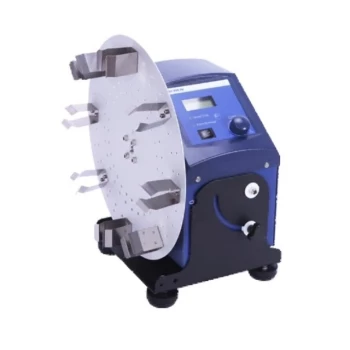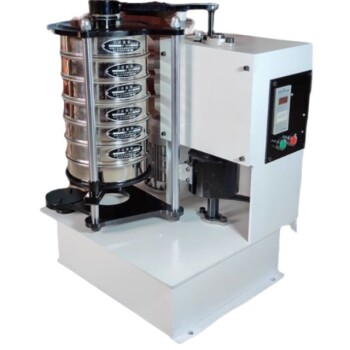At the 2013 I2SL conference, a key presentation revealed a major shift in ultra-low temperature (ULT) freezer management. The Centers for Disease Control and Prevention (CDC) shared a landmark case study from one of their campuses where they had successfully raised the setpoint temperature of 60 ULT freezers from the traditional -80°C to a more energy-efficient -70°C.
This presentation served as a high-profile validation for what is now a widespread sustainability practice. The core insight is that for many common biological samples, operating ULT freezers at -70°C instead of -80°C offers significant energy savings without compromising sample integrity.
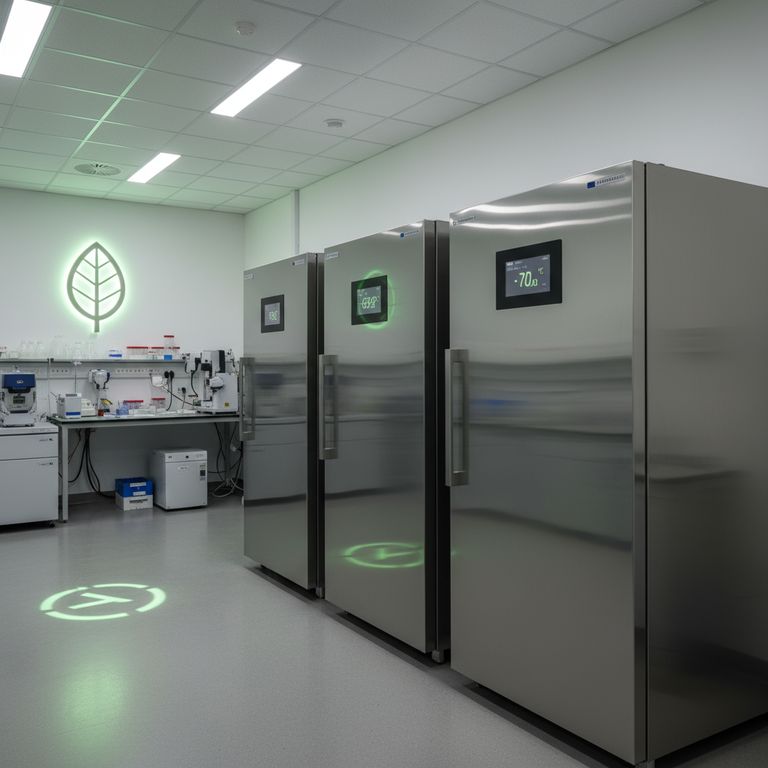
Why the Shift from -80°C to -70°C Matters
The CDC's presentation was pivotal because it challenged a long-standing, often unexamined, laboratory norm. It provided a powerful, data-backed example from a highly respected institution that encouraged others to evaluate their own freezer policies.
The Historical Context of -80°C
The -80°C standard was not always based on rigorous scientific necessity for all samples. It largely arose from the technical capabilities of early cascade refrigeration systems and a general "colder is better" assumption for long-term storage.
Over time, this temperature became an industry default without being critically questioned for every application.
The Primary Driver: Energy Consumption
A ULT freezer is one of the most energy-intensive pieces of equipment in a laboratory, often consuming as much electricity as an average single-family home.
Raising the setpoint by just 10 degrees, from -80°C to -70°C, dramatically reduces the freezer's energy consumption. This is because the refrigeration system does not have to work as hard to maintain the target temperature, leading to shorter compressor run times.
This change also reduces the heat load placed on the building's HVAC system, creating a secondary source of energy savings.
Validating Sample Integrity
The most critical concern for any researcher is the viability and integrity of their stored samples. The move to -70°C is supported by numerous studies demonstrating that for the vast majority of common biological samples—including DNA, RNA, and many proteins—there is no discernible difference in sample degradation between -70°C and -80°C over long-term storage.
The CDC's project provided institutional-level confidence for other labs to trust this data and make the change.
Understanding the Trade-offs and Considerations
While adjusting the setpoint is a powerful tool for efficiency, it is not a universally applicable solution. A careful, evidence-based approach is required.
Not All Samples Are the Same
This practice is not a blanket recommendation for all sample types. Certain highly sensitive biological materials, specific enzymatic assays, or samples associated with long-term clinical trials may have storage protocols that explicitly require -80°C or colder.
Always verify the specific storage requirements for your samples from the manufacturer or through established scientific literature before making any adjustments.
Freezer Performance and Age
The efficiency and reliability of the freezer itself are critical factors. An older, poorly maintained freezer may struggle to hold a stable -70°C, especially in a warm lab environment, potentially leading to temperature fluctuations that could harm samples.
Modern, high-performance ULT freezers are better insulated and have more efficient cooling systems, making them ideal candidates for operating reliably at -70°C.
The Need for Institutional Buy-in
Changing freezer setpoints is as much a policy and communication challenge as it is a technical one. The success of the CDC's program relied on getting buy-in from the researchers and lab managers who depended on those freezers.
Any plan to adjust temperatures should involve clear communication, sharing the scientific data on sample safety, and updating the relevant standard operating procedures (SOPs).
How to Apply This to Your Laboratory
The 2013 I2SL presentation highlights a clear opportunity for labs to improve sustainability. Your approach should be guided by your specific priorities and assets.
- If your primary focus is energy savings and sustainability: Begin by conducting an audit of your freezer inventory to identify units storing non-critical or robust samples that are prime candidates for a -70°C setpoint.
- If your primary focus is sample integrity: Review the manufacturer's data and scientific literature for your specific samples and reagents to confirm their long-term stability at -70°C before making any changes.
- If you are managing a large facility: Use the CDC's 2013 project as a case study to build consensus with researchers, develop a phased implementation plan, and track energy savings to demonstrate success.
Ultimately, the shift to -70°C represents an opportunity to operate more efficiently by replacing historical convention with evidence-based practice.
Summary Table:
| Key Finding from 2013 I2SL Presentation | Impact & Implication |
|---|---|
| CDC raised 60 ULT freezers from -80°C to -70°C | Proven 10°C increase saves significant energy |
| No sample integrity loss for most biological materials | Safe for DNA, RNA, and many proteins |
| Challenged the "-80°C is always necessary" standard | Encouraged evidence-based lab practices |
| Reduced compressor workload and HVAC heat load | Creates secondary energy savings for the facility |
Ready to optimize your lab's energy efficiency and sample storage?
The 2013 I2SL findings show that modern, reliable equipment is key to successfully implementing sustainable practices like the -70°C setpoint. KINTEK specializes in high-performance lab equipment and consumables, providing the reliable ULT freezers and support your laboratory needs to achieve significant energy savings without risk to your valuable samples.
Let's discuss how we can help you implement evidence-based, cost-saving strategies. Contact our lab equipment experts today for a personalized consultation.
Visual Guide
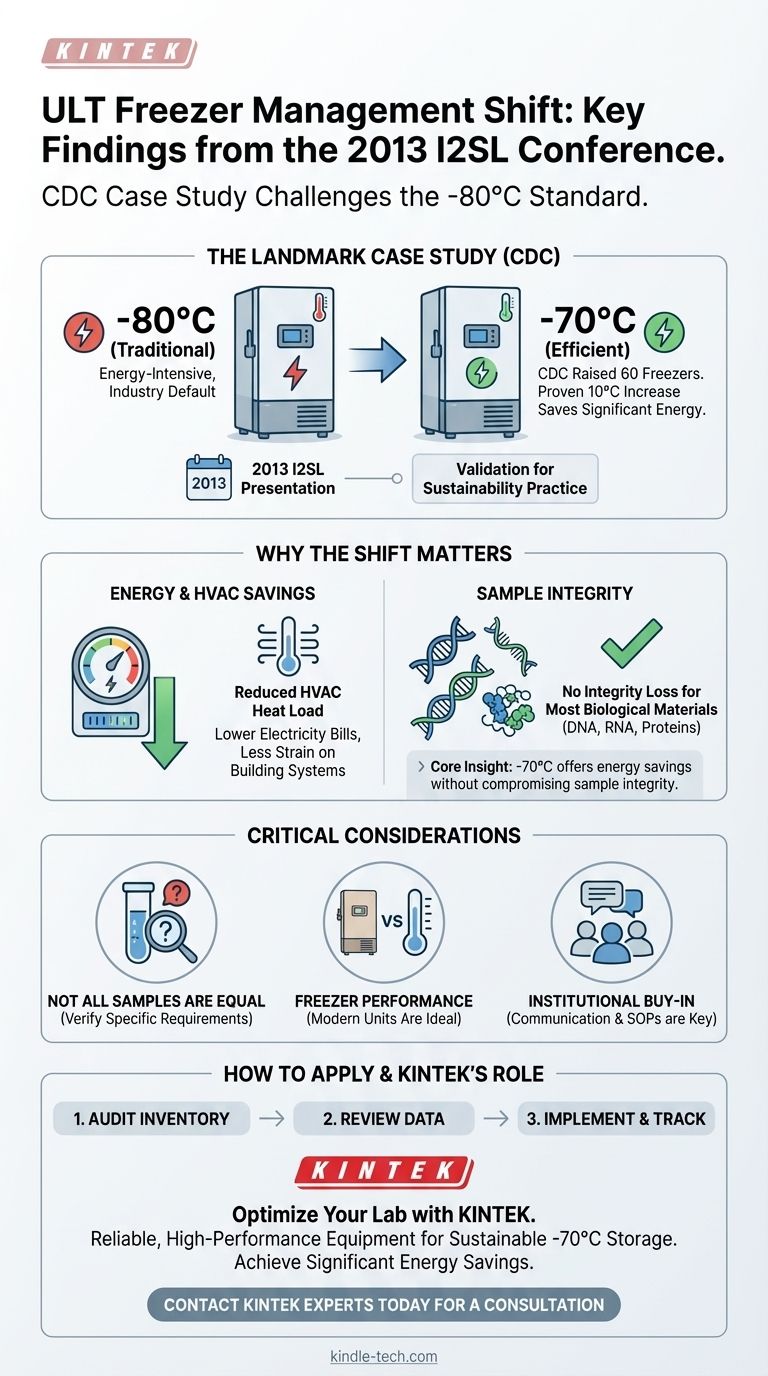
Related Products
- 808L Precision Laboratory Vertical Ultra Low Temperature Freezer
- 208L Advanced Precision Laboratory Ultra Low Temperature Freezer for Cold Storage
- 308L Precision Ultra Low Temperature Freezer for Laboratory Applications
- 608L Essential Laboratory Ultra Low Temperature Freezer For Critical Sample Preservation
- 708L Ultra Low Temperature Freezer High Performance Laboratory Freezer
People Also Ask
- Where are ultra low temperature freezers commonly used? Essential for Labs, Hospitals, and Biotech
- What are the common designs of ultra-low temperature freezers? Upright vs. Chest Models for Your Lab
- In what fields are ultra low temperature freezers most commonly used? Essential for Biomedical, Clinical, and Research Labs
- What are ultra low temperature freezers used for? Preserving Critical Biological Samples for Decades
- What is the price range for ultra low temperature freezers? Protect Your Samples with the Right Investment
